Click on the following links to see images from that continent. All images courtesy of the SeaWiFS Project, NASA Goddard Space Flight Center, unless otherwise noted.
Following weeks of heavy rains, massive flooding inundated much of Eastern and Southern Africa and more than 200,000 people were left homeless. The crisis began in early February, 2000 as days of torrential rain fell over wide areas. Vastly overflowing rivers sent much of that water rushing towards Mozambique. Mozambique was one of the hardest hit countries, with tens of thousands of people needing rescue. The direct hit from rain-saturated Cyclone Leon-Eline during the last week of February sent the already soaked country into crisis. This view of that cyclone was captured by SeaWiFS on 23 February 2000.
This true-colour image shows bright, turquoise-coloured swirls across the surface of the Black Sea, signifying the presence of a large phytoplankton bloom. Scientists have observed similar blooms recurring annually, roughly this same time of year. The Sea of Azov, which is the smaller body of water located just north of the Black Sea in this image, also shows a high level of biological activity currently ongoing. The brownish pixels in the Azov are probably sediments carried in from high waters upstream. This scene was acquired by the Sea-viewing Wide Field-of-view Sensor (SeaWiFS), flying aboard the OrbView-2 satellite, on May 4, 2002. Provided by the SeaWiFS Project, NASA/Goddard Space Flight Center, and ORBIMAGE

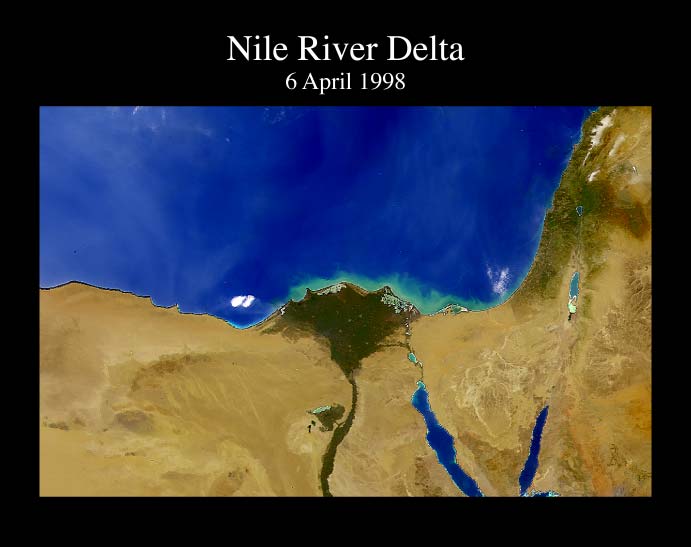
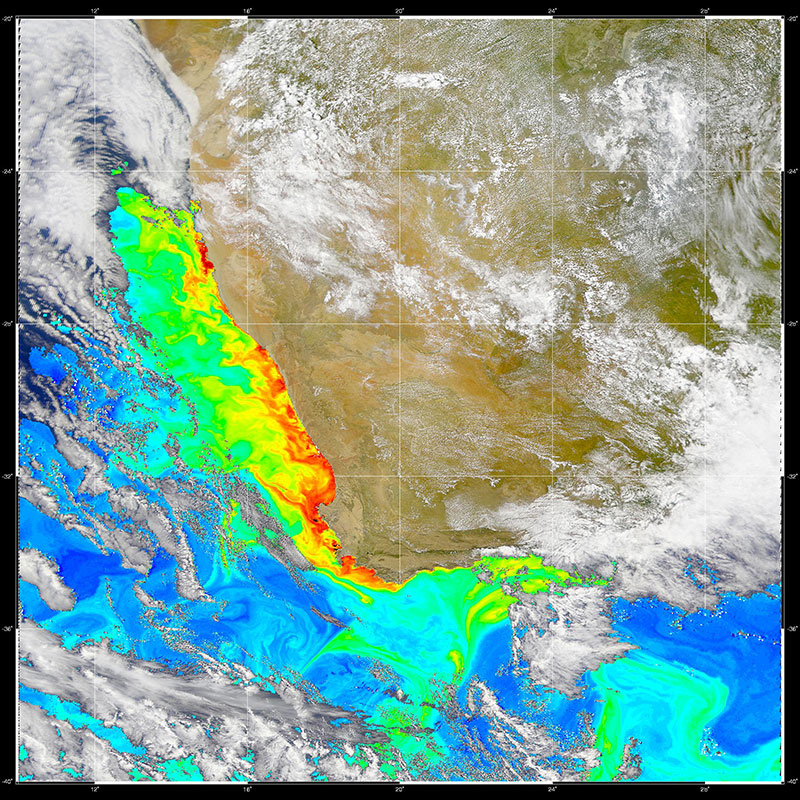

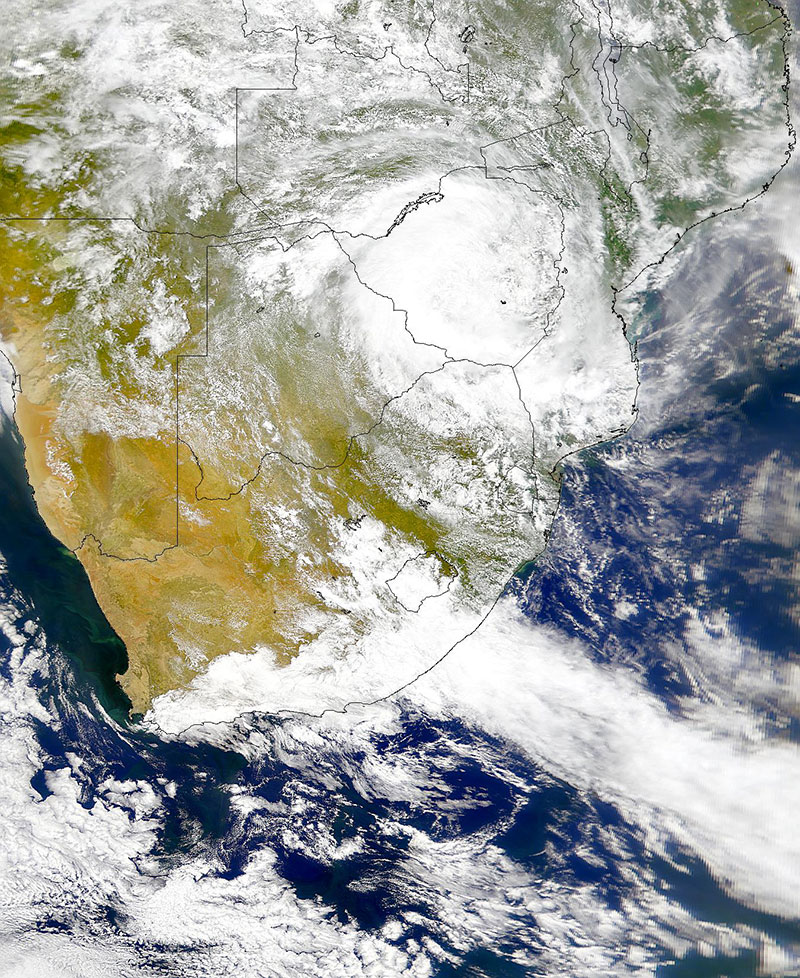
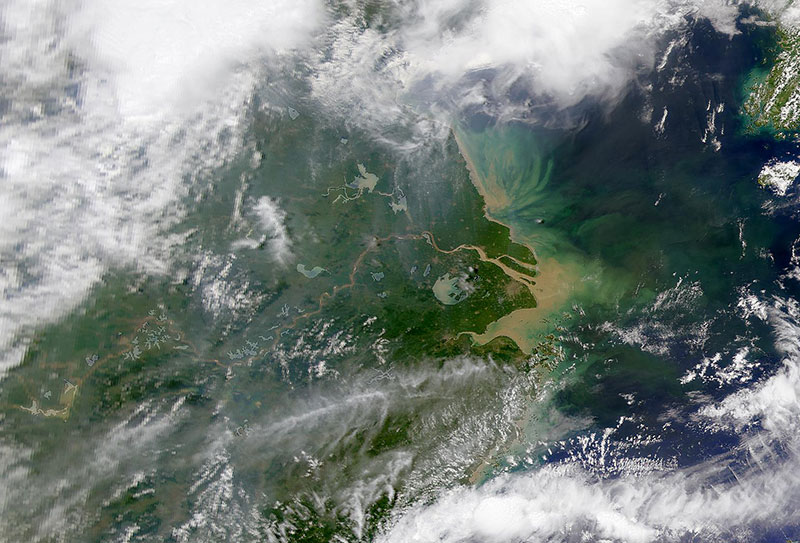
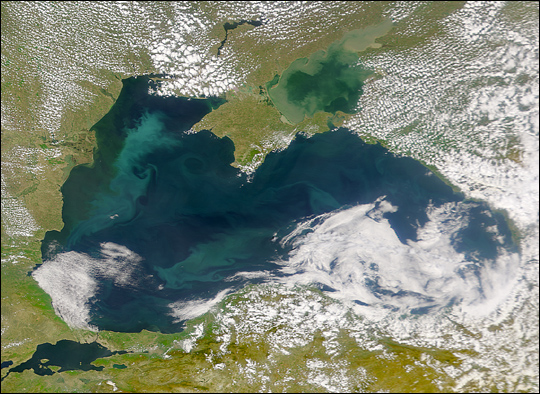

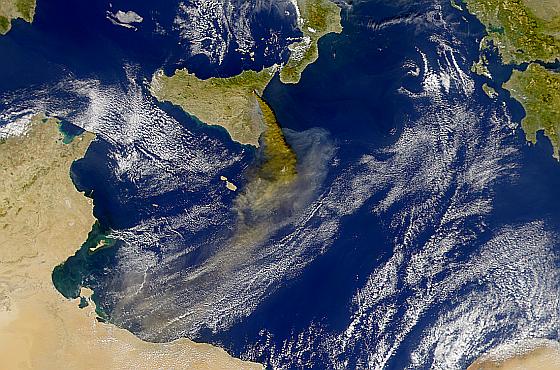
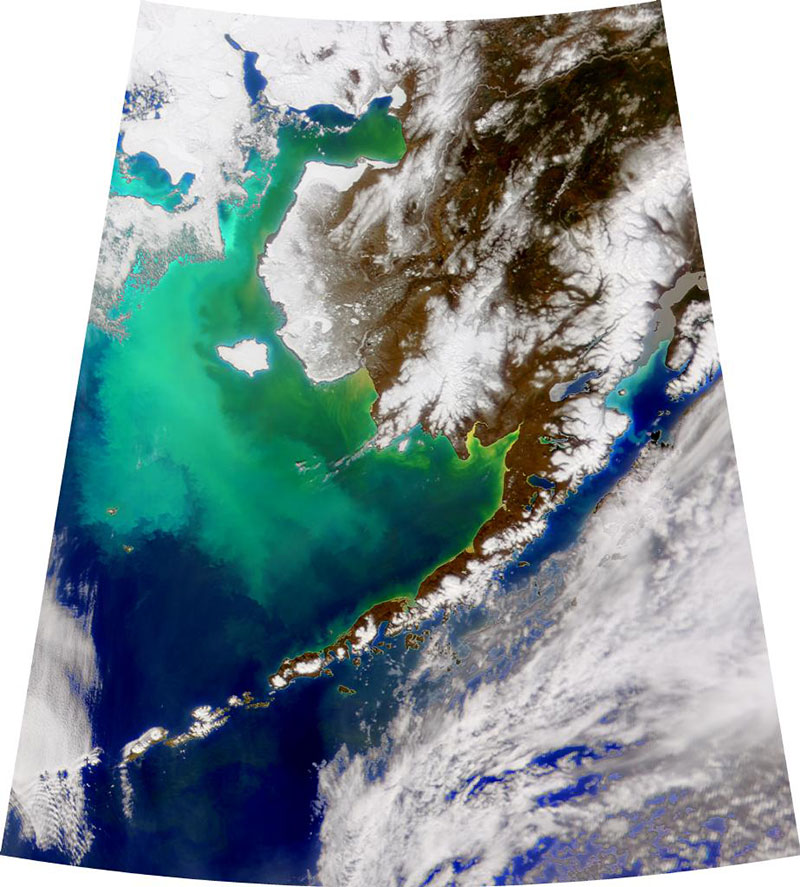
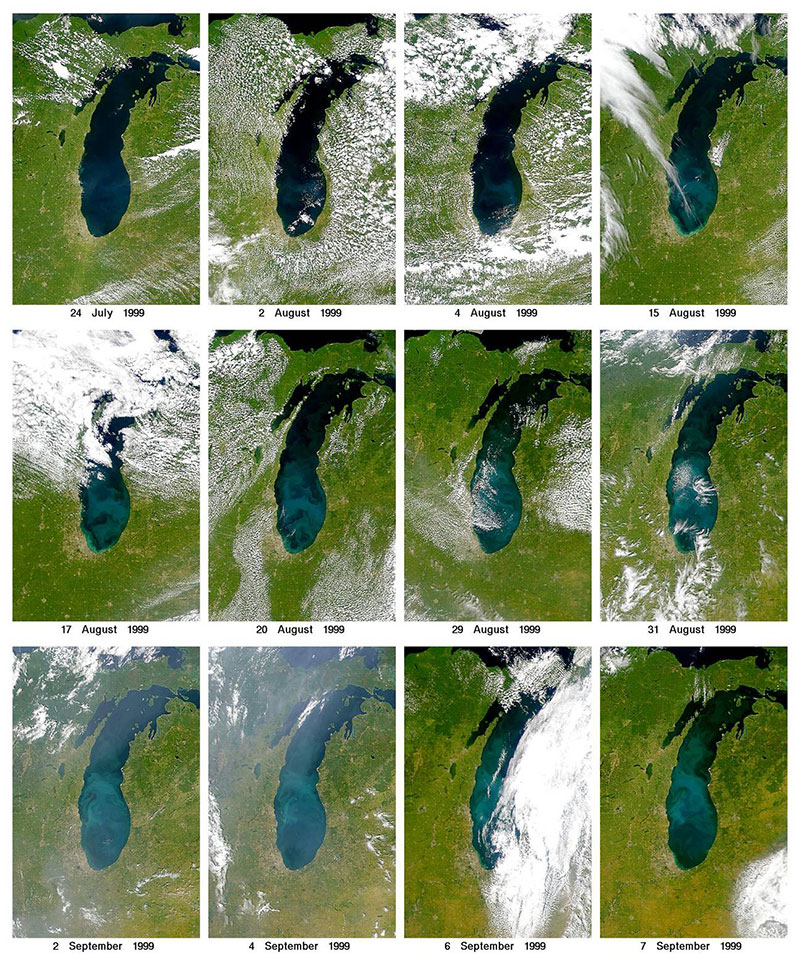
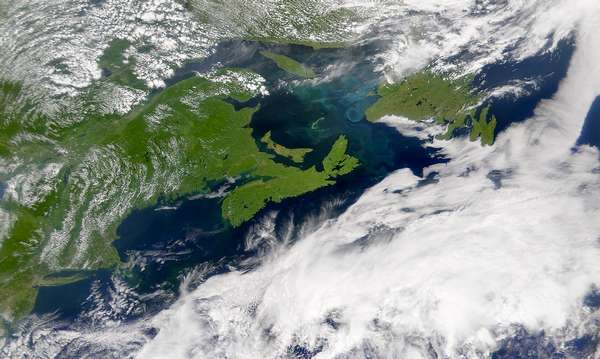
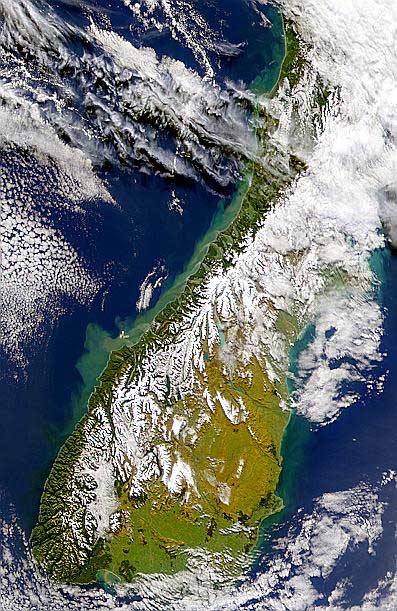
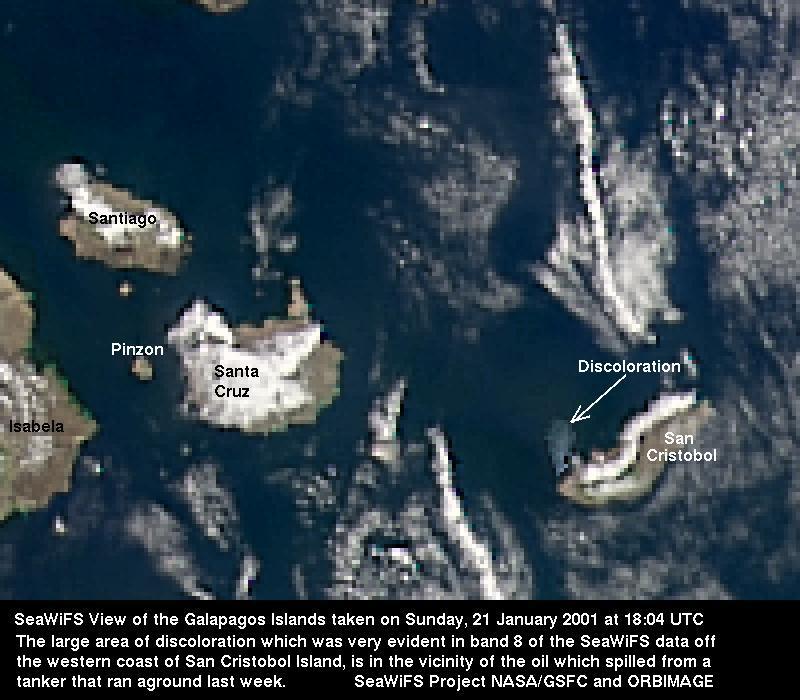
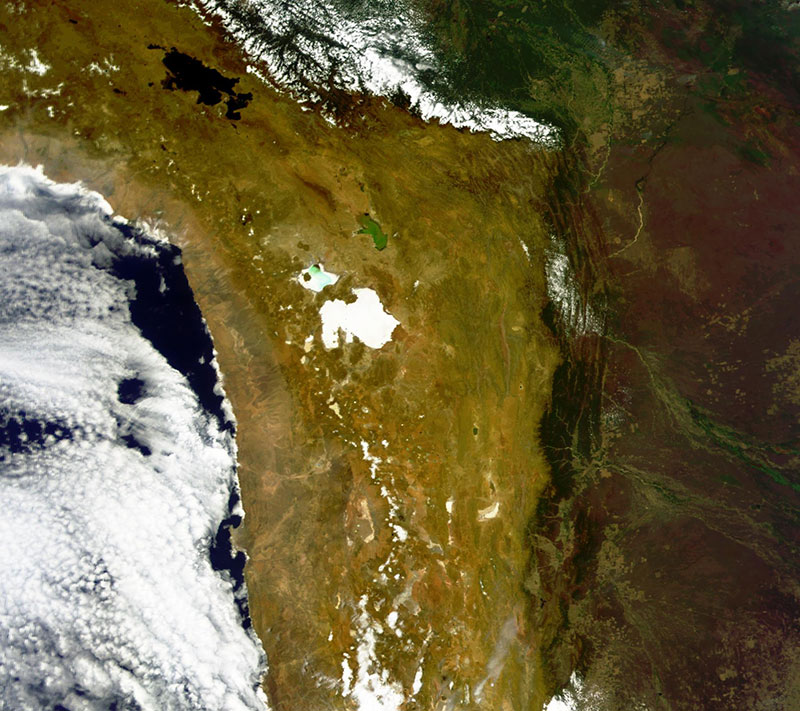

 The sixth International Ocean Colour Science (IOCS) meeting will take place in Darmstadt, Germany from 1 – 4 December 2025, hosted by EUMETSAT and ESA with support from other agencies.
The sixth International Ocean Colour Science (IOCS) meeting will take place in Darmstadt, Germany from 1 – 4 December 2025, hosted by EUMETSAT and ESA with support from other agencies.